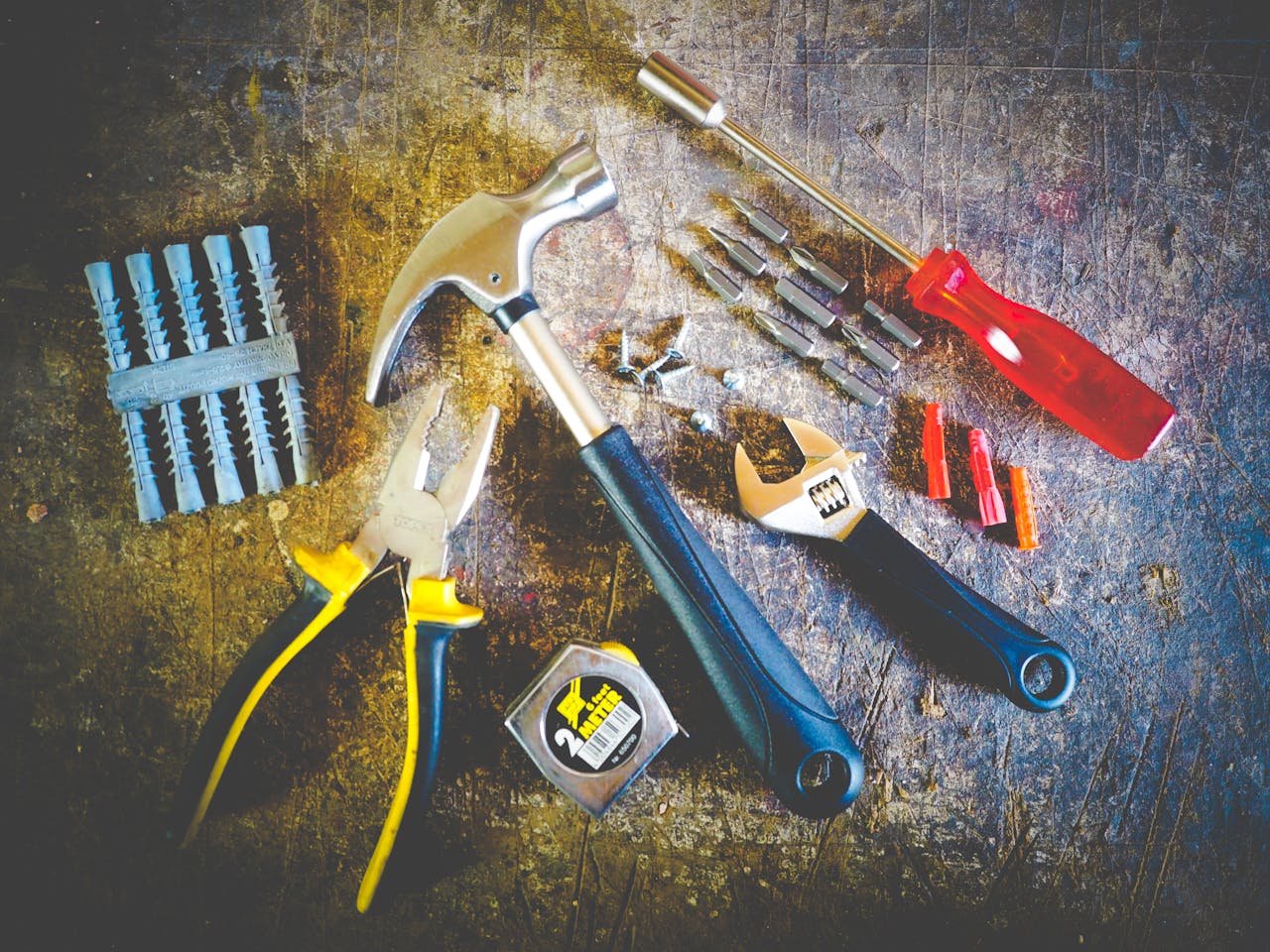Preventing Common Mounting Mistakes: A Practical Checklist
Mounting shelves reliably requires planning and the right choices of tools, fasteners, and materials. This short guide highlights common errors to avoid and outlines a practical checklist focused on load capacity, suitable hardware, correct bracket placement, and sustainable woodwork options to improve storage and safety.

Mounting shelves can be straightforward when you plan carefully, but small mistakes often cause avoidable failures. Before drilling, map out what you will store, where studs or masonry lie, and which fasteners match the wall and shelf material. A practical checklist starts with accurate measurements, realistic load capacity expectations, and the decision to use durable hardware. Taking these preparatory steps protects your walls, preserves decor, and creates reliable storage that lasts.
How to assess load capacity for your shelves
Estimating load capacity begins with listing expected items and their approximate weights. Books, kitchenware, and decorative objects have different mass and distribution. Consider whether loads will be evenly distributed or concentrated in one spot—point loads demand stronger support. Check shelf thickness and material; some woods and composites support more weight than thin planks. Allow a safety margin of at least 20–30% above expected loads, and when in doubt choose more robust brackets or additional support to prevent sagging and reduce stress on fasteners and woodwork.
Which mounting methods match wall types?
Different wall types need different mounting strategies. For drywall with studs, securing brackets directly into studs is the most reliable option for heavier storage. Hollow walls or thin paneling require toggle bolts or hollow-wall anchors rated for the anticipated load. For brick, concrete, or block, use masonry anchors or concrete screws sized appropriately. Locate studs with a quality stud finder and avoid areas with electrical or plumbing. Choosing the right mounting method for the wall material ensures the installation performs as intended and minimizes the risk of damage.
What fasteners and hardware should you choose?
Select fasteners and hardware based on wall type, load capacity, and environmental conditions. For wood studs, long wood screws with coarse threads provide strong holding power; for masonry, use sleeve anchors or special masonry screws. Corrosion-resistant materials such as stainless steel or coated fasteners are advisable in humid rooms like bathrooms or kitchens. Use washers to distribute force and reduce pull-through on softer materials. Follow manufacturer torque limits to avoid stripping and confirm anchor ratings match the planned storage weight for durable, safe results.
How to install brackets for reliable support?
Proper bracket installation depends on accurate layout and level alignment. Measure and mark bracket locations, use a level to ensure the shelf will sit straight, and double-check spacing to support the shelf material. Drill pilot holes sized to both the screw and anchor to minimize splitting in woodwork and allow anchors to seat correctly in masonry. For longer spans, increase bracket frequency or use stronger brackets to prevent sag. After initial use, recheck screw tightness and the shelf’s level to catch any early movement.
Can DIY installations meet organization and decor goals?
DIY installations can balance organization and decor when planning covers both aesthetic and functional needs. Choose shelf materials and bracket styles that complement room design while meeting structural needs. Open shelving highlights decor but requires careful distribution of heavier items to avoid concentrated loads. If you are new to DIY, practice on smaller projects and use lighter loads until you build confidence. Accurate measurement, correct hardware choices, and attention to finish help shelves look intentional while serving storage and organization objectives.
How does sustainability influence woodwork and hardware choices?
Sustainability is compatible with safety and load capacity concerns. Opt for responsibly sourced lumber, reclaimed wood, or certified materials to reduce environmental impact. Choose low-VOC finishes for indoor air quality and durable hardware that resists corrosion to avoid frequent replacements. Selecting long-lasting fasteners reduces waste over time, and properly sizing components avoids underspecifying parts that would fail prematurely. Sustainable choices emphasize longevity and responsible sourcing without compromising the shelf’s structural performance.
Conclusion
A concise mounting checklist covers realistic load capacity estimates, matching mounting methods to wall types, correct fastener and hardware selection, precise bracket installation, and thoughtful material choices. Careful planning, conservative weight margins, and periodic inspections prevent common mounting mistakes and help your shelving perform safely and attractively for years.





